Little Buffalo State Park
Little Buffalo State Park is a beautiful outdoor retreat featuring 10 marked trails that total about 10 miles. The trails range from easy to moderate. You’ll find scenic views, historic sites, and a variety of wildlife in this peaceful yet active destination.
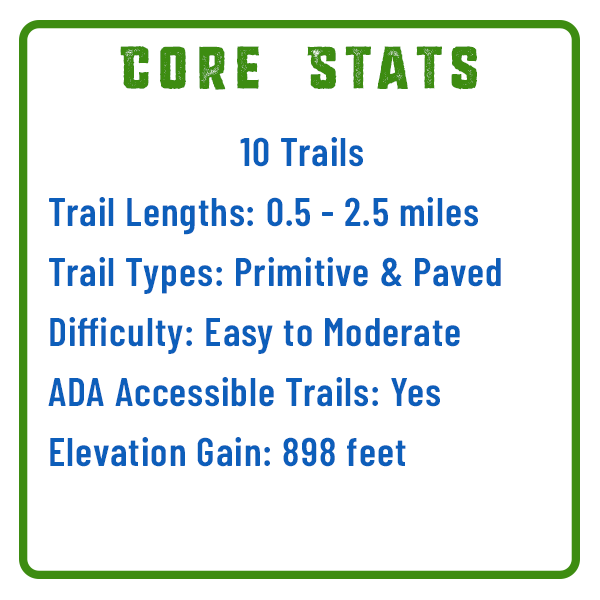
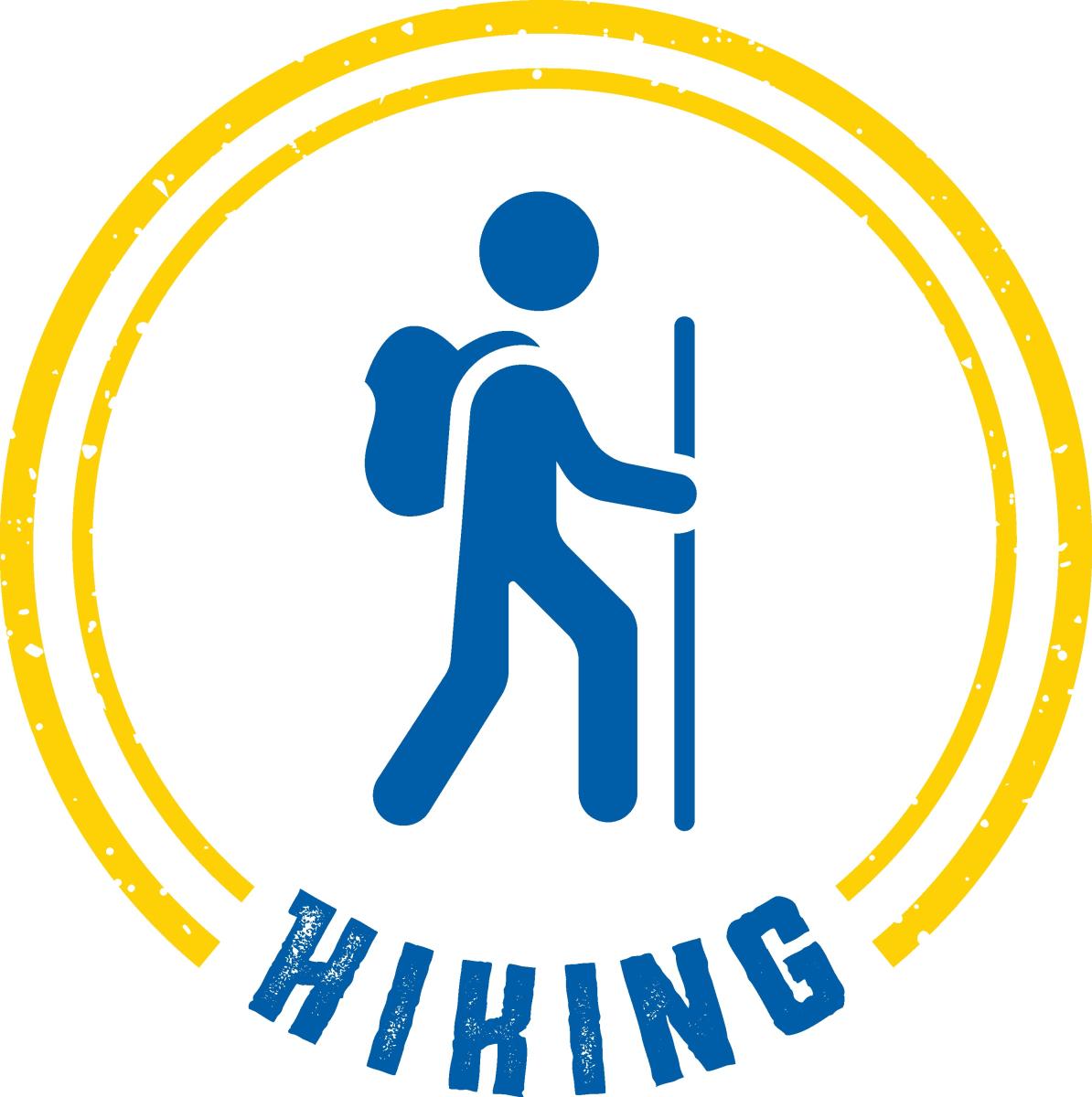

Little Buffalo State Park Trail
Little Buffalo State Park Trail (a suggested mix of sections of several trails) is a 2.6-mile loop to the south of Holman Lake, where kayakers and anglers are often seen on or by the water. The loop combines the Buffalo Ridge Trail (more of this section below), Fishermans Trail, and Covered Bridge Trail. The moderate-rated trail is primarily used for hiking, walking, running, and nature trips and is accessible year-round. Dogs are welcome but must be leashed at all times. The trail will cross vehicle traffic in several spots, so be alert in these spots.
Buffalo Ridge Trail
The Buffalo Ridge Trail is just 1.5 miles but is the most challenging in the park due to its incline up Buffalo Ridge. The trail begins at the East Picnic Area and offers a look into the region’s industrial past with areas of flat, dark ground marking the spots where giant oaks, hickories and American chestnuts were timbered to make charcoal. Buffalo Ridge Trail is one section of the suggested Little Buffalo State Park Trail featured in the map above.
The Land
Little Buffalo State Park officially opened in 1972, but its land holds a wealth of history. In 1754, the British acquired the land that would become Little Buffalo from the Iroquois League of Six Nations. The early 1800s were known as the region’s Iron Furnace Era as the forest’s hardwoods created the charcoal that fueled an early iron industry.
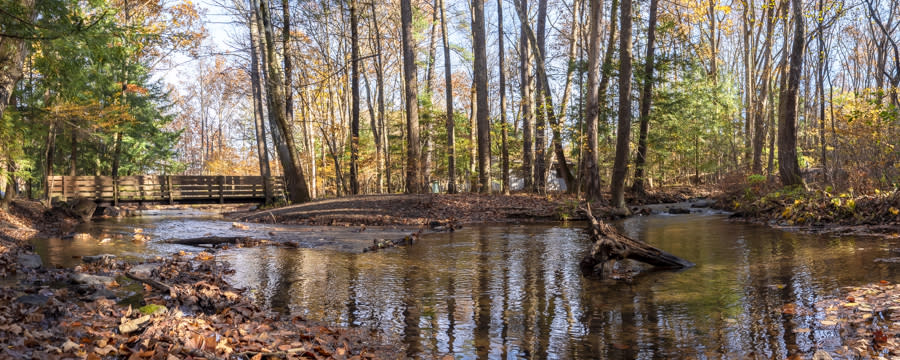
Shoaff's Mill
When the Juniata Iron Works closed in 1848, its assets were divided for sale. William Shoaff purchased 63 acres of land and a gristmill, milling wheat flour, buckwheat flour, cornmeal, and livestock feed. Shoaff’s son, Ellis, took over the mill in 1900, increasing its speed and power by purchasing one of the largest waterwheels east of the Mississippi. The wheel is still in use thanks to renovation projects. It is used for milling cornmeal, cracked corn, and grinding apples for cider during educational programs and demonstrations.
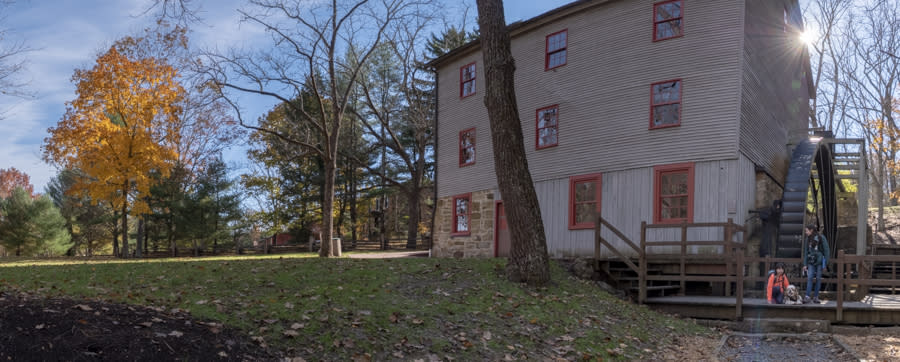
The Blue Ball Tavern
The tavern traces back to 1773. During the War of 1812, it was a stopover point for messenger riders coming from Carlisle to Sunbury. The Blue Ball Tavern is rumored to be the spot where plans were laid in 1821 to create the new county of Perry. Perry County Historical Society operates and maintains a museum and library on the site. The museum is open every Sunday during the summer months.
Clays Covered Bridge
Originally built in 1890, the 82-foot bridge spanned the Little Buffalo Creek and was located one mile west of its present location. The bridge was moved when Holman Lake was created.
Did you know? The bridge architecture is a Burr Truss, patented by Theodore Burr of Connecticut. Theodore was a cousin to Aaron Burr, and best known for his fateful role in a duel with Alexander Hamilton.
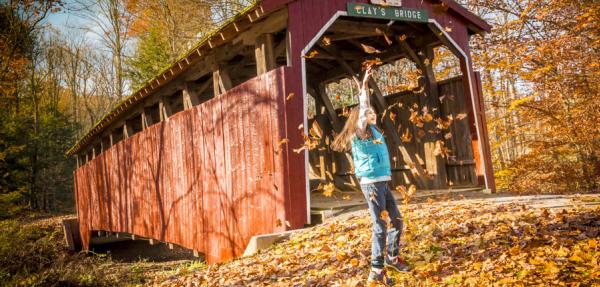
Other Activities
Take a swim! The large pool with slides and other water features is open Memorial Day through Labor Day.
Pack a picnic. Picnic tables and pavilions offer convenient spots to gather with friends and family.
Cast a line. Holman Lake offers year-round, well-stocked fishing.
Stay the night. A variety of camping amenities are available including cottages, a cabin, and modern campground with 47 sites.
Fight the winter blues. Enjoy cross-country skiing, ice skating (conditions permitting), and ice fishing.

Cookies are used for optimization and tracking. By continuing to use our site you agree to our privacy policy.
Cookies are used for optimization and tracking. By continuing to use our site you agree to our privacy policy.







